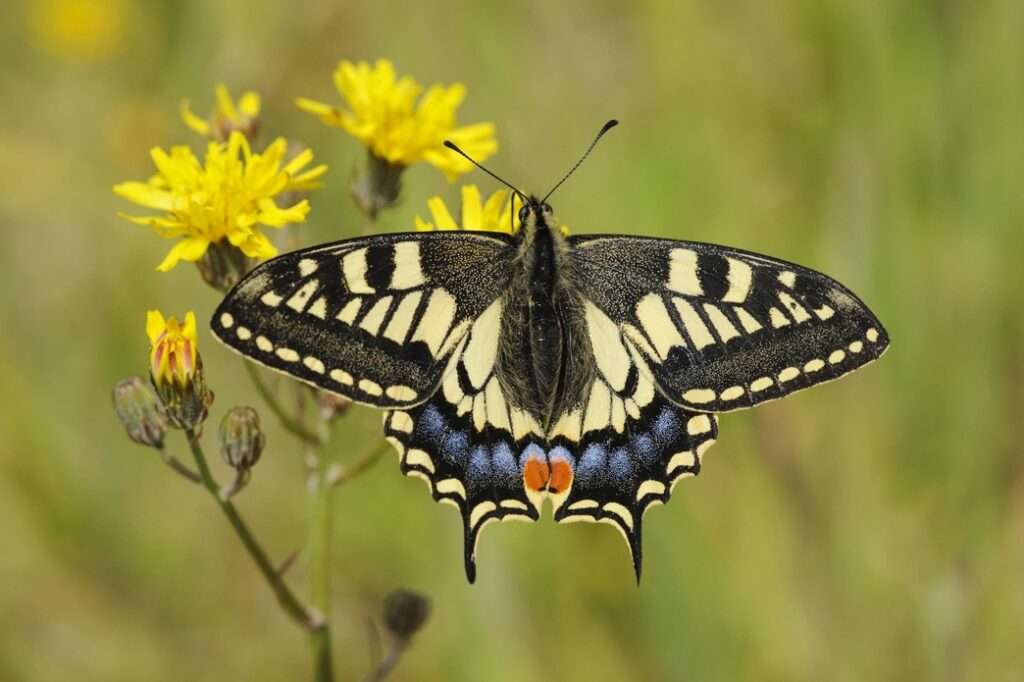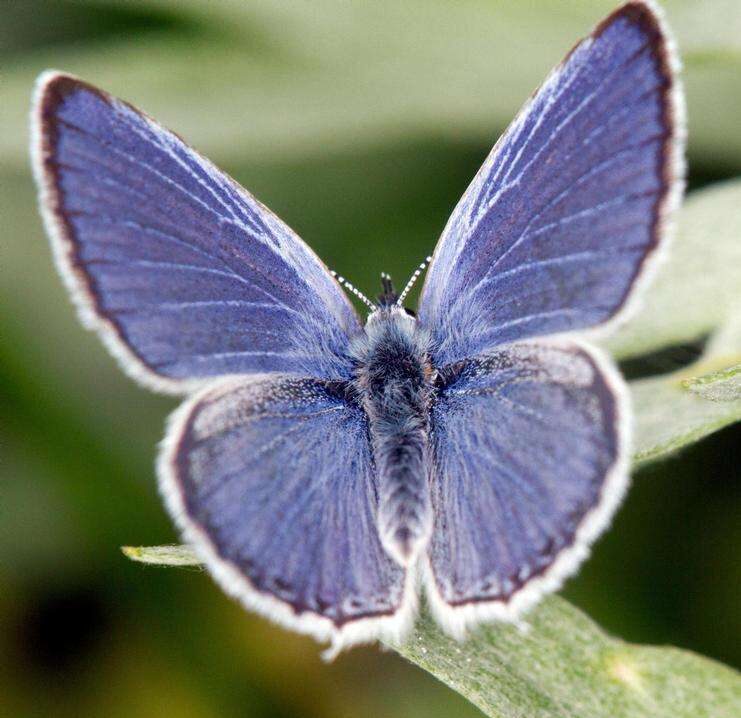
There are over 6000 species of brush-footed butterflies in the world, all of which are members of the Nymphalidae family. The mourning cloak (Nymphalis antiopa), fritillary, limenitis, milkweed, and monarch butterfly are among their most prevalent species.
Amazing Facts
- Adults are exclusively active throughout the day. While some caterpillars eat during the day, others do so at night.
- In the spring, certain brush foot species travel great distances from southern North America to the north.
- A few species that live in frigid climates may spend two winters as larvae or pupae, but adults only last a few weeks. Some adults of butterflies that reside in moderate climates can survive for six months or longer.
- To deter predators, many caterpillars have horns, spines, or lumps. Several have stripes or dots, while others are dark in hue, green, or yellow.
Appearance
The use of only four legs is the characteristic for which these butterflies are best known; the reason why their forelegs have become vestigial is still not entirely understood. Since certain species have a brush-like collection of soft hair called setae, experts believe the forelegs are utilized to improve signaling and communication between the species while standing in the other four, despite some claims to the contrary. The dominant opinion at this point is that this skill is beneficial for reproduction and the survival of the species as a whole.

Diet
Different species of brush foot caterpillars devour a wide variety of plants. Many focus only on a small number of plant species or one plant family. Some people specialize in thistles or nettles, others in willow trees, daisy family species, or violets.
Adults occasionally drink nectar, but many species in this group appear to prefer eating rotting fruit or tree sap. A few species also eat dung or muck.
Predators
Predators include birds that consume insects, shrews, mice, frogs and toads, spiders, and ants.
Habitat
This family of butterflies includes several different species. The earth is home to more than 4,000 different species of brush foot species may be found in Michigan. It is challenging to make generalizations about the diverse species in this family. Brush foot There are brush foot butterflies in practically any environment with plants.
Keeping as a pet
Although lots of people capture the gorgeous colorful butterflies to keep them as house pets. They should be permitted to use their vibrant wings to soar around freely. You will undoubtedly see a lot of white, black, brown, yellow, or other vibrantly colored butterflies flying around or feeding on their host plants if you live close to a garden or park.
Table





